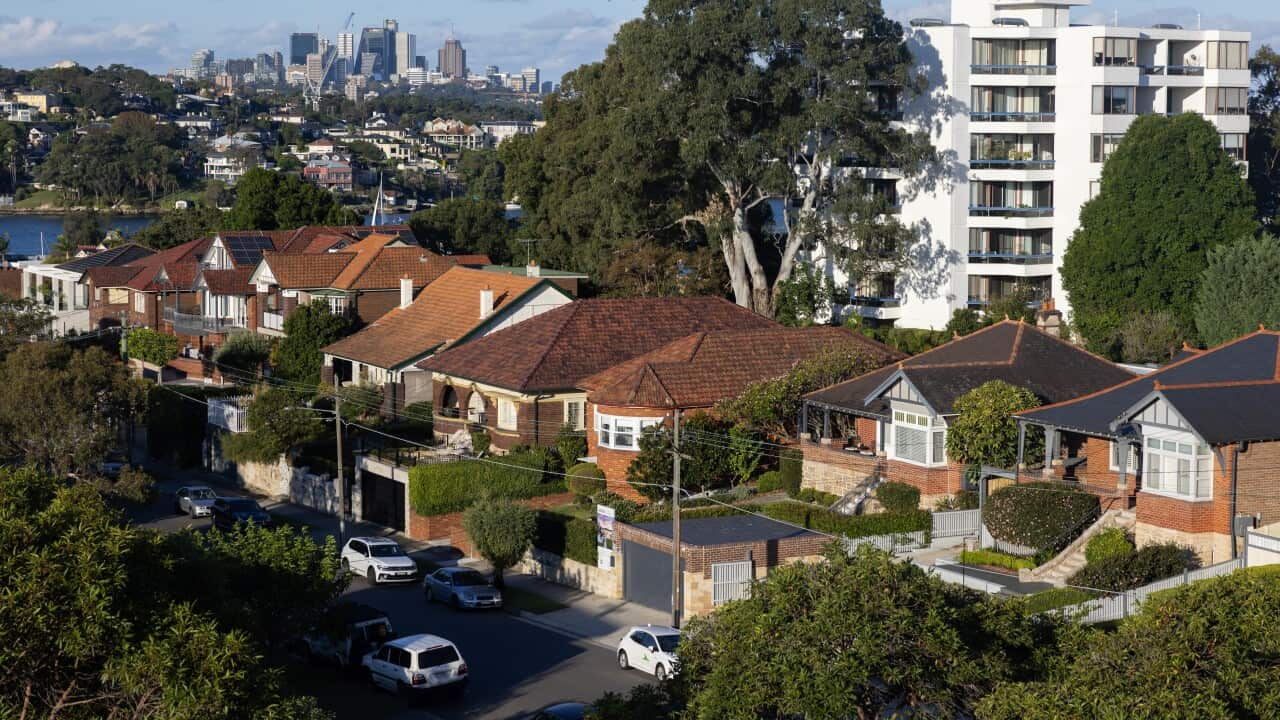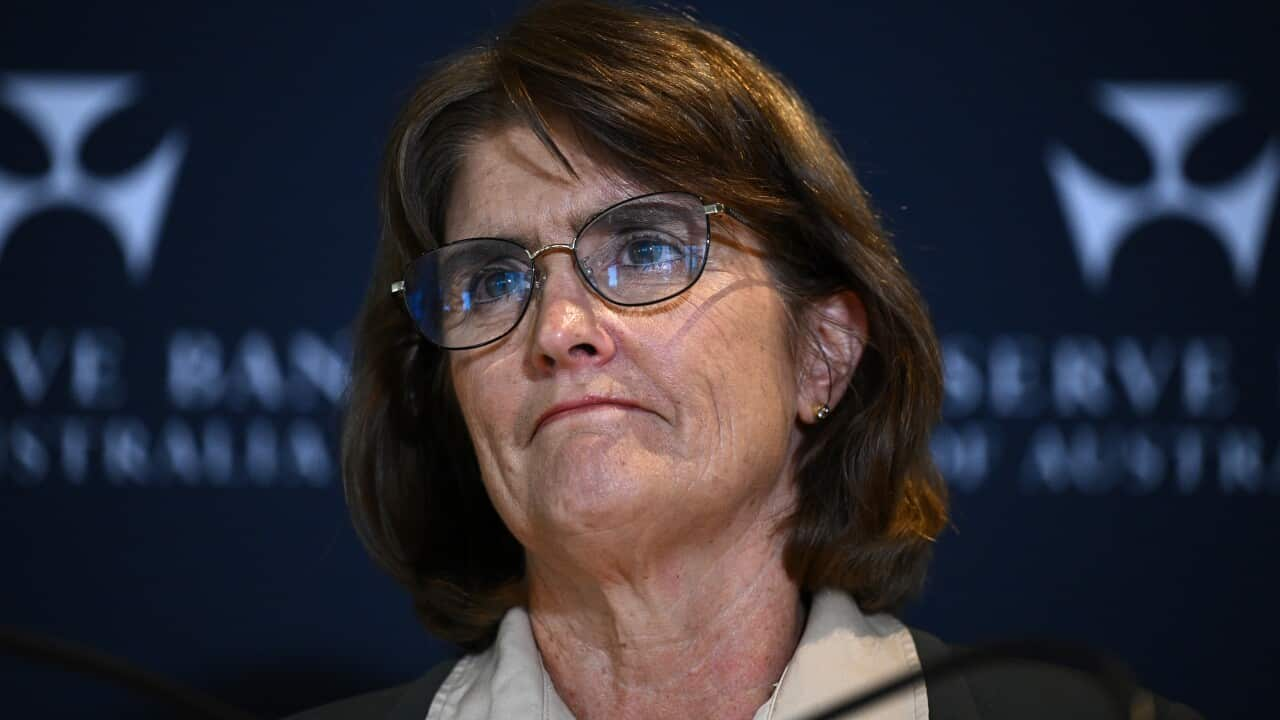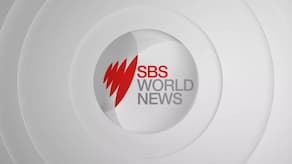Donald Trump's tariffs could impact Australians of various age groups differently — as Treasurer Jim Chalmers flags multiple interest rates are likely.
During a press conference on Monday, Chalmers said escalating trade tensions had cast a dark shadow over the global economy.
Following the United States president's tariff announcement last week , including Australia, there has been a .
The Australian share market took its biggest hit in over a year, with the in the first few minutes of trade today.
Chalmers noted the volatility and said the value of the Australian dollar had been bouncing around.
But Chalmers said this reflected the market expectation that the next Reserve Bank (RBA) interest rate cut in May might be as big as 0.5 per cent.
"We are seeing very substantial volatility now in global stock markets and in our own markets as well," he said.
"That's largely a reflection of people's concerns about the Chinese economy, but it also reflects the fact that markets are now expecting around four interest rate cuts in Australia this calendar year.
"The market is expecting multiple interest rates cuts over the course of the year beginning in May."

RBA governor Michele Bullock is expected to deliver additional interest rate cuts in 2025 after holding the cash rate in April. Source: AAP / Lukas Coch
Why would the RBA cut interest rates?
Dr Zac Gross, a senior lecturer in economics at Monash University, said the RBA will be looking to combat the flow-on effect of Trump's tariffs in Australia, which are expected to lower inflation and lead to rising unemployment.
"Lower inflation [and] higher unemployment [are] a textbook case for cutting interest rates," he told SBS News.
While the tariffs will drive up inflation in the US because of the extra tax on goods entering the country, he explains the impact for Australia may be deflationary.
High tariffs on countries like China and Vietnam will lock them out of the US market and force them to reorient their cheap goods to places like Australia.
Meanwhile, direct impacts on industries such as Australia's beef sector, which will be subject to the 10 per cent tariff, could push up unemployment.
"So to the extent that we see higher unemployment in companies and towns that focus on the beef market, that's going to be another reason why the RBA is going to be more likely to cut interest rates," Gross said.
Overall, he said, "the bad will outweigh the good" for Australians.
Which Australians will be hit 'fairly hard'?
Gross said anyone with "light exposure to the share market is going to be disproportionately affected".
He explains young investors are more likely to invest in stocks, while older Australians usually shift their exposure to safer assets like government bonds or cash.
"Those in their 50s and 60s, they're probably the worst off because they've probably got a high exposure to shares, given they're not in their 80s or 90s," Gross said.
"But they don't have that much time left in the labour force and so having a 10 per cent fall in value of their shares is probably going to hit them fairly hard."
He said the impacts to the superannuation sector should be "fairly limited".
"Young people who are the most exposed should have plenty of time to make up the losses," he said.
Last week, RBA governor Michelle Bullock announced interest rates would remain on hold. Its next decision is expected on 20 May.
In February, the RBA cut rates for the first time since 2020, reducing the rate from 4.35 per cent to 4.1 per cent.
The reprieve followed 13 consecutive hikes since May 2022.




